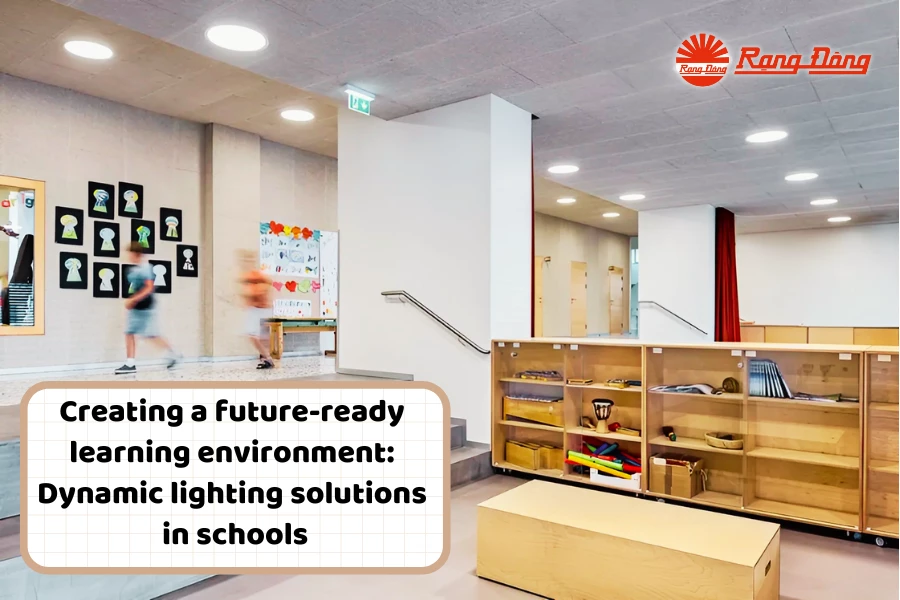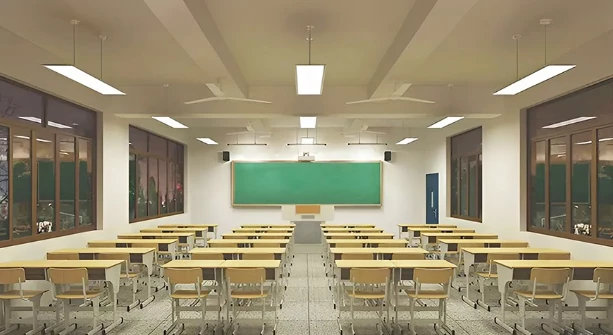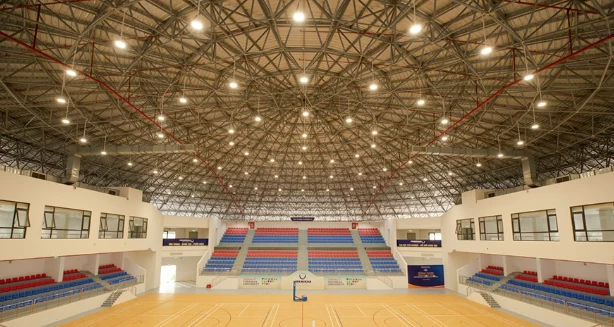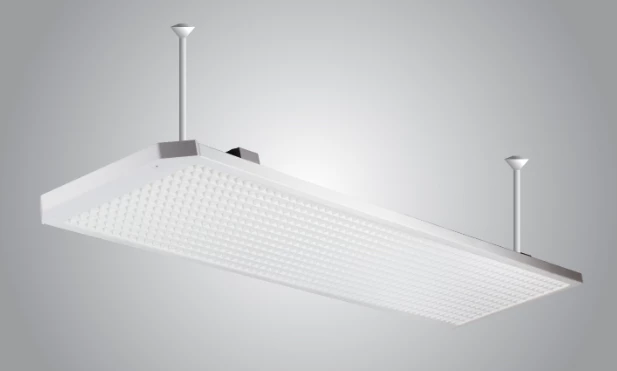
Standardized Classroom Lighting Enhances Vision, Boosts Focus
Lighting plays a crucial role in school environments, directly influencing on students' academic performance and their eye health. In order to create an optimal learning atmosphere, it is essential to keep classroom lighting in line with certain standards. The following research from Rang Dong, Vietnam’s leading provider of smart lighting solutions, highlights the significance of proper lighting in classrooms and its benefits for students and teachers alike.
Inadequate or uneven lighting creates can lead to irritability and reduce student’s learning efficiency in the short term. In the longer run, poor lighting contributes to vision issues such as myopia, astigmatism and eye fatigue.
Additionally, inadequate lighting conditions may cause headaches and mental fatigue, further hindering students' academic progress.
Meanwhile, proper lighting minimizes eye strain and allows students to absorb information effectively. Furthermore, a properly planned classroom lighting system helps protect the eye health for both students and teachers.
A well-designed classroom lighting system with illuminance levels between 300-500 lux, uniformity (U>0.7), and a color rendering index (CRI) ≥ 80 significantly improves students' focus and cognitive function.
Boosting Learning Motivation
 Lighting significantly influences students’ mood and enthusiasm for learning. A well-lit classroom fosters a comfortable and engaging environment where active participation and motivation are encouraged.
Lighting significantly influences students’ mood and enthusiasm for learning. A well-lit classroom fosters a comfortable and engaging environment where active participation and motivation are encouraged.
On the other hand, dimly lit spaces can induce drowsiness, boredom and a lack of motivation. Keeping classroom lighting in line with the required standards not only improves learning quality but also cultivates a positive academic atmosphere.
Classroom Lighting Standards
In Vietnam, classroom lighting regulations are outlined in TCVN 7114-1:2008, with specific requirements including:
Illuminance (Lux): Classrooms must maintain illuminance levels between 300-500 lux to provide sufficient brightness for learning activities.
Uniformity: Light should be evenly distributed throughout the classroom to prevent excessive brightness variations that may cause eye strain and hinder learning.
Color Rendering Index (CRI): Light sources should have a CRI of at least 80, so that textbooks and materials are displayed accurately for effective teaching and learning.
Adhering to standardized lighting regulations not only optimizes learning efficiency but also preserves the visual health. Educational institutions must prioritize proper lighting design and installation to create an ideal learning environment.
Should you have any questions or request a quotation of Rang Dong products, please send us an email to: export@rangdong.com.vn
Websites: en.rangdong.com.vn and vacuumflask.rangdong.com.vn.








